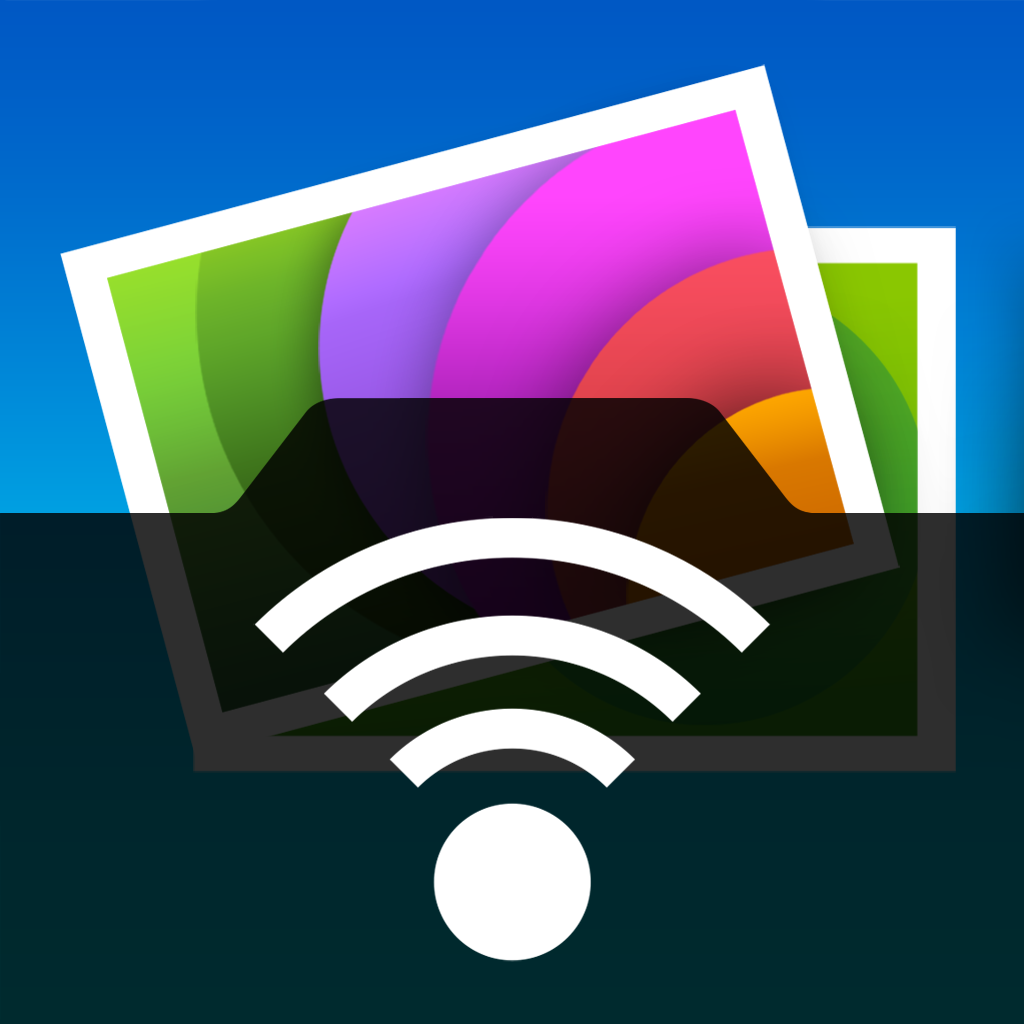

Once you complete the transferring process of your photos, you can unplug your phone.This process takes time, depending on how many photos you’re copying over (the more you copy, the more your time). Once you’ve dragged your files to your computer, they’ve been copied-not deleted or moved, just copied-from your phone to your PC, where you can edit or print them as you like.Once you’ve found the photo or photos (or if you want to copy everything to your PC), make your selections as you usually do and drag them to a folder or location on your PC (Photos, Desktop, Documents, etc.) Each file will have a thumbnail of the image, and you’ll be able to sort by date, name, size, etc., just like any other folder on your PC. If you keep your photos on an SD card, you might find the folders back on your phone’s internal memory.That folder will hold all of your camera’s images, though it won’t hold other files, like screenshots or downloads (typically, those reside in folders titled “ Screenshots” and “ Downloads.” Once you’re inside your phone’s file system, you’ll want to look for a folder titled “ DCIM,” which stands for Digital Camera Images.On my PC, they’re (helpfully) labeled “ Phone” and “ Card.” I store my photos on my SD card, but you’ll want to select that menu if you keep them on your phone.

If you’re using a phone with internal memory and an SD card, you’ll see two different systems to browse.

However, it is another step toward mobile for Microsoft, and can help users keep their content in the same system, or avoid privacy concerns in the cloud. While Photos Companion will be useful for some professionals, if you are already using Google Drive, iCloud, or OneDrive, you can already easily access your photos and videos from the cloud, without having to use the same Wi-Fi network to transfer anything, Gadgets360 noted. If the “Import from mobile over Wi-Fi” option is not visible in the photos app on your PC, you must enable the “Show additional preview features” option from the Settings section of the Photos app. Point the scanner on the Photos Companion app at the QR code to begin the transfer. Select Import > From mobile over Wi-Fi.Ĥ. Connect your phone and PC to the same Wi-Fi network.ģ. Here’s how to use it, according to Gadgets360:ġ. Photos Companion uses Wi-Fi to create a connection and transfer the photos and videos from one device to another with a QR code. SEE: Windows spotlight: 30 tips and tricks for power users (Tech Pro Research) “While we built the Photos Companion with students and educators in mind, we know it will be useful to anyone who is looking to complete an epic video project, send media to a friend’s PC, or just get that one special photo onto their computer so it can be edited and turned into the next great post, cover photo, or presentation,” according to a Microsoft post. How to reset your Windows 10 password when you forget it Must-read Windows coverageĭefend your network with Microsoft outside-in security services This will also give users the ability to enhance and edit photos, customize them with ink, and share them on the PC. Users can start a video or photo project in the Photos app on the PC, and then add more videos and photos from the phone directly into that project. Photos Companion–a Microsoft Garage project–can help marketing, social media, and other professionals more easily upload and edit photo and video projects. On Thursday, Microsoft released the Photos Companion app, which works with Microsoft Photos in Windows 10 to allow the transfer of photos and videos from a phone to a PC over Wi-Fi using a scanned code. The Microsoft Photos Companion app is available for iOS and Android.Microsoft’s Photos Companion app works with Microsoft Photos in Windows 10 to transfer photos and videos from a phone to a PC over Wi-Fi.Microsoft's new Photos Companion app allows iOS and Android users to transfer photos and videos from a phone to a Windows 10 PC over Wi-Fi.īuilding a slide deck, pitch, or presentation? Here are the big takeaways:

How to transfer photos from a phone to a PC with the Microsoft Photos Companion app


 0 kommentar(er)
0 kommentar(er)
